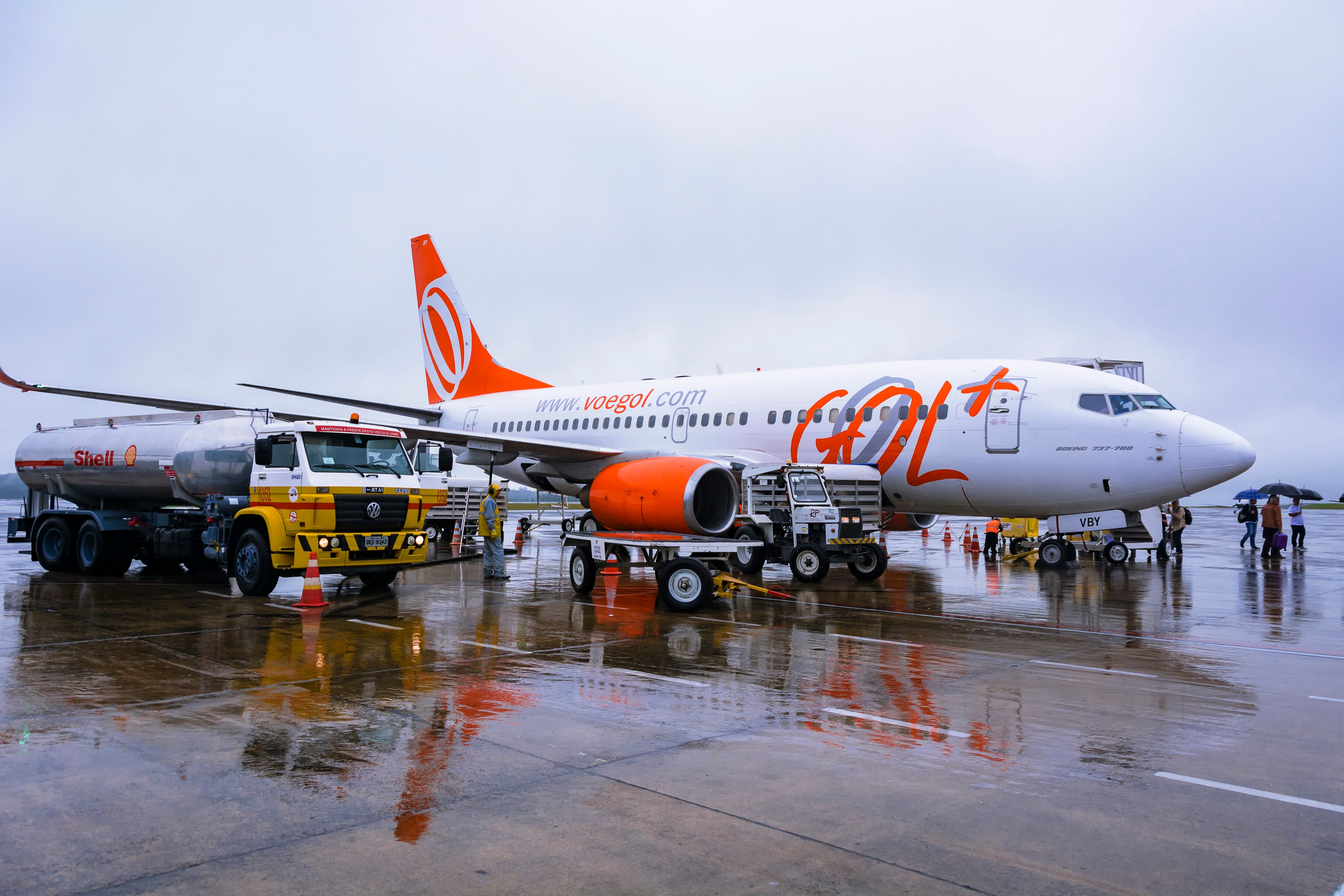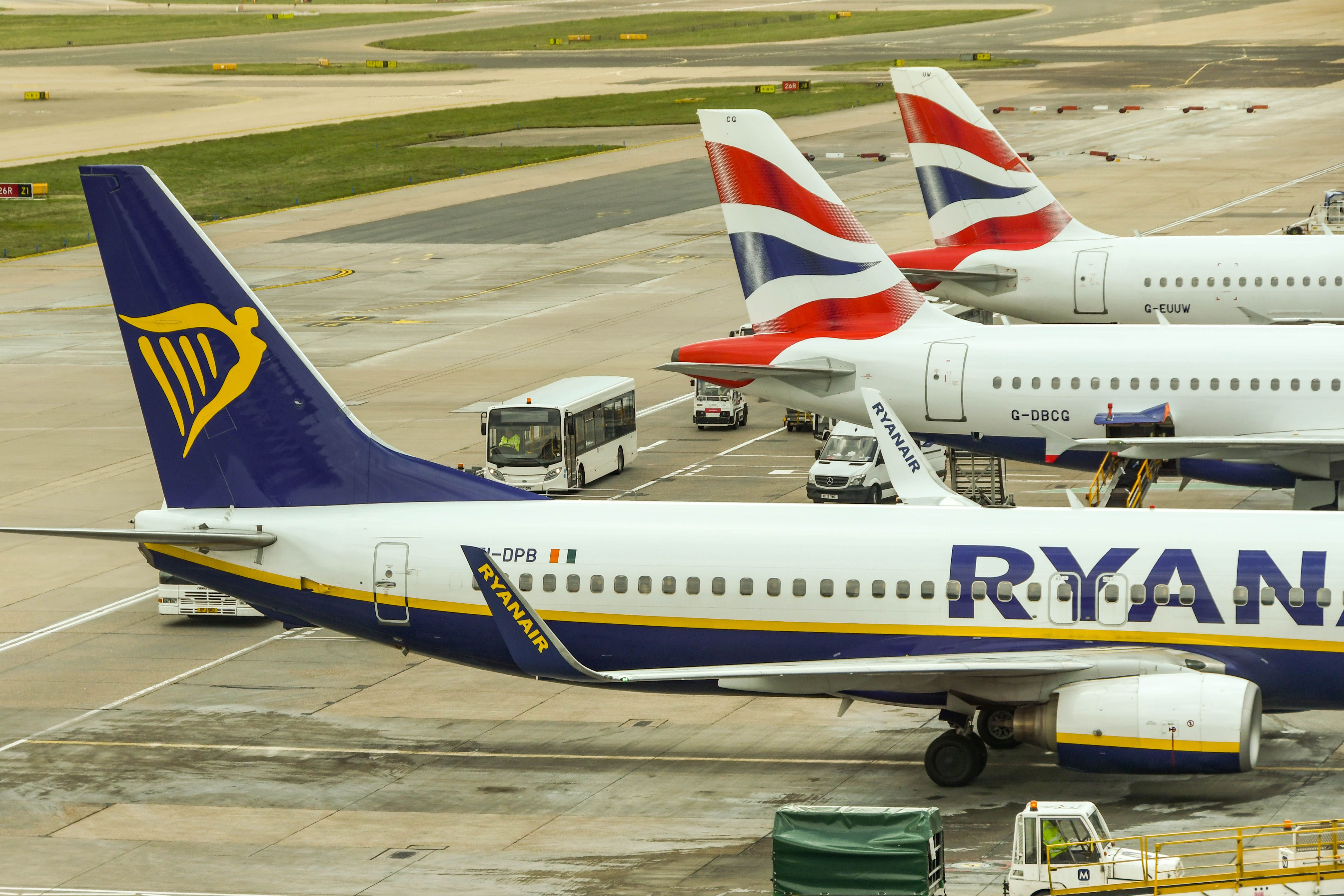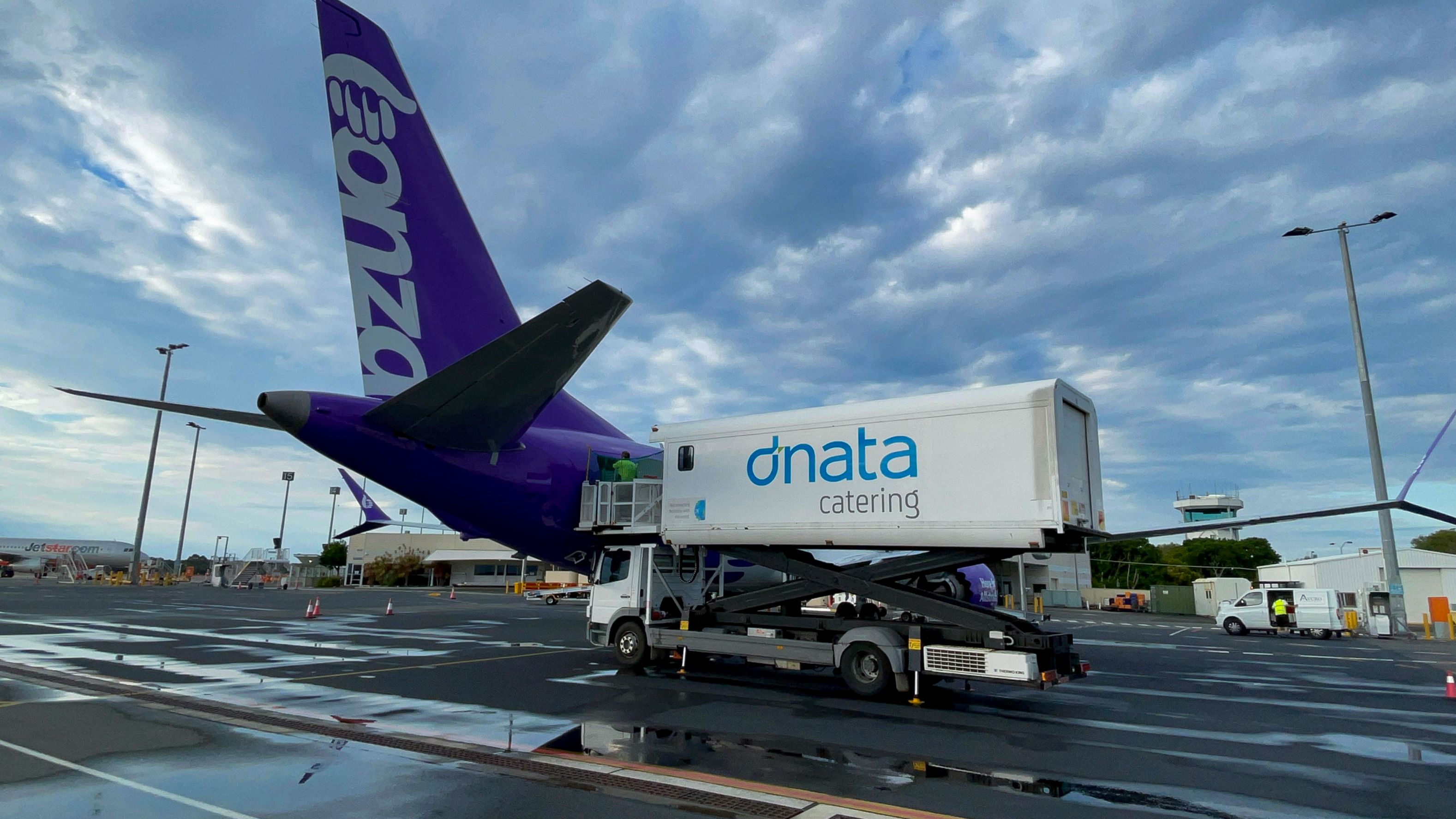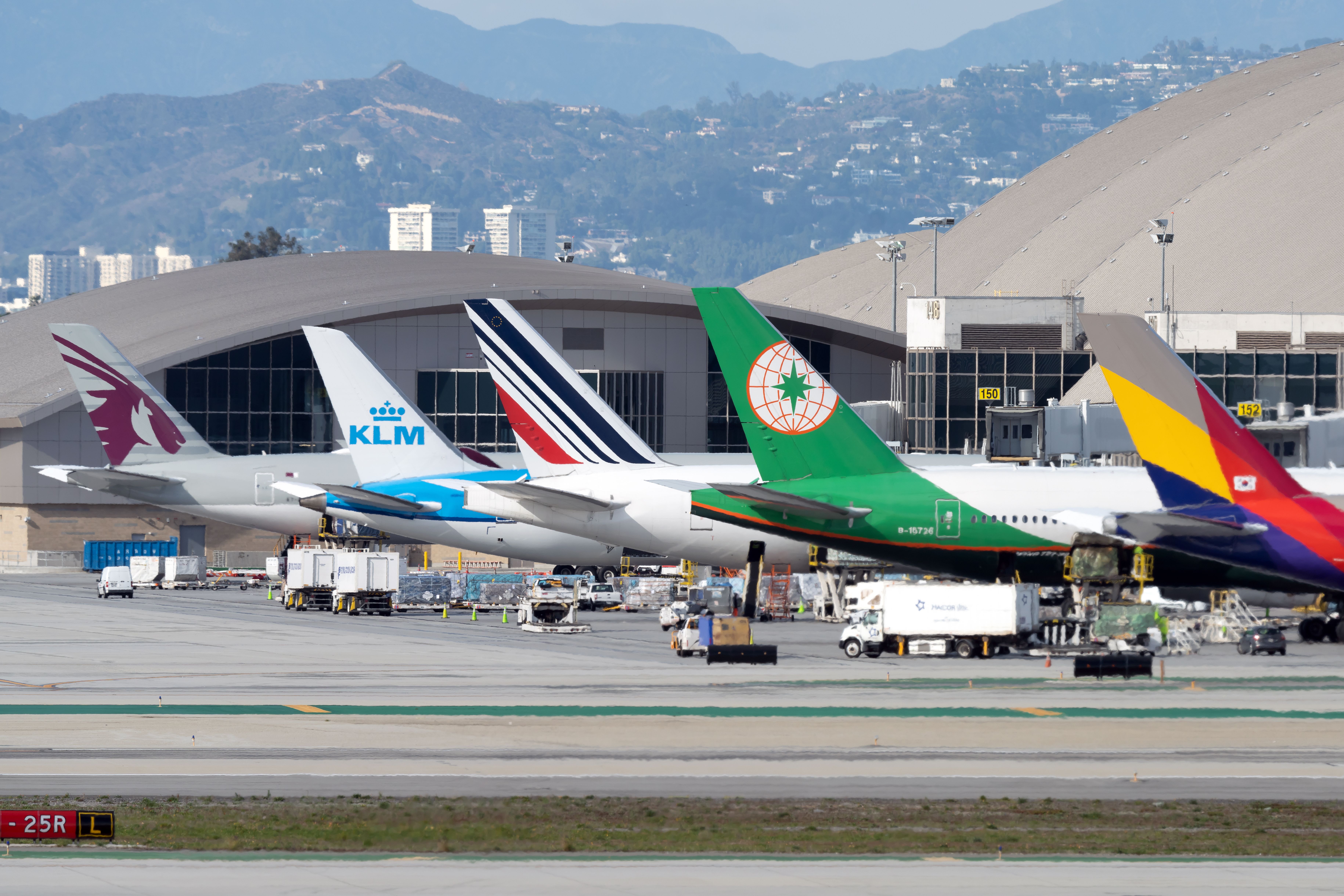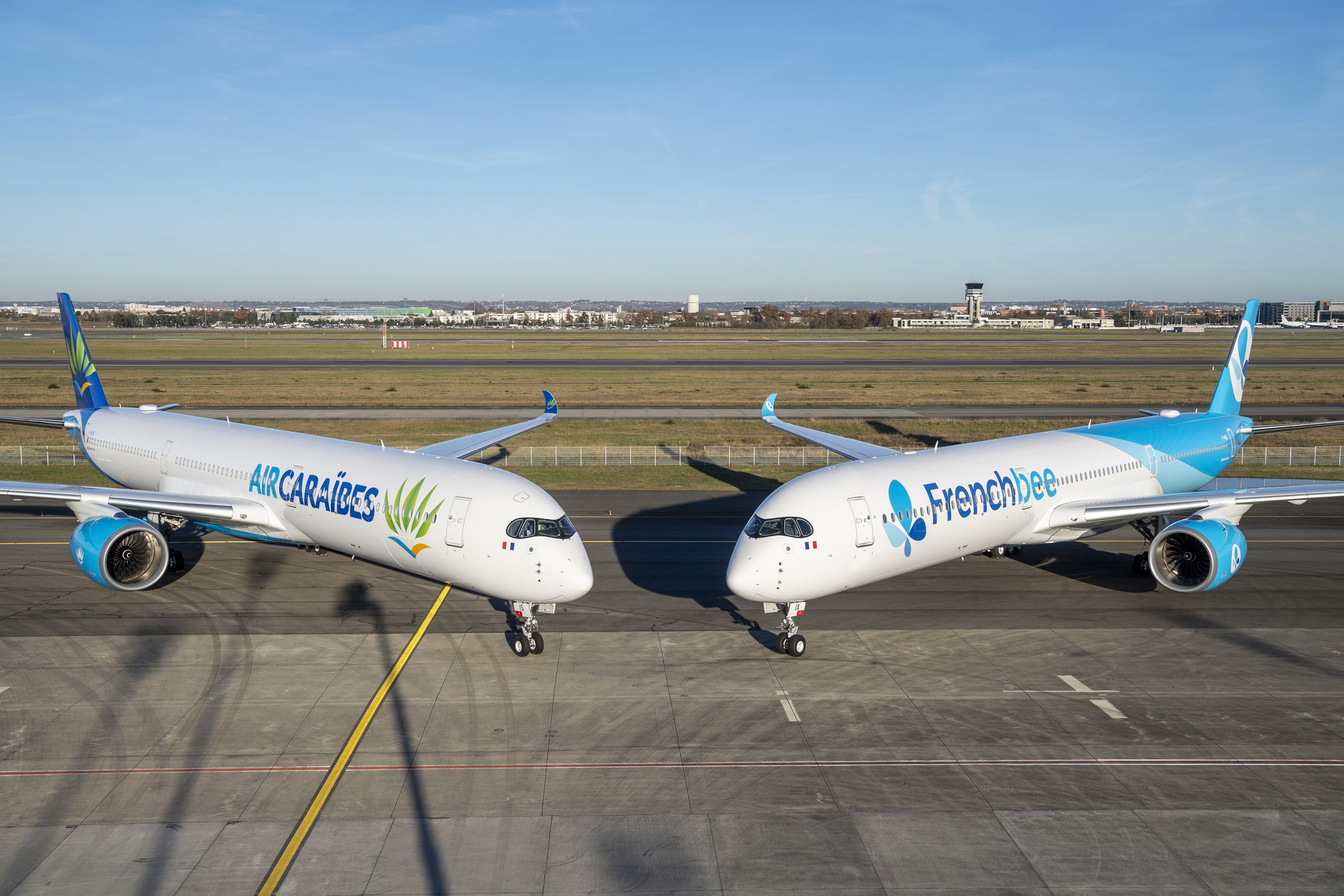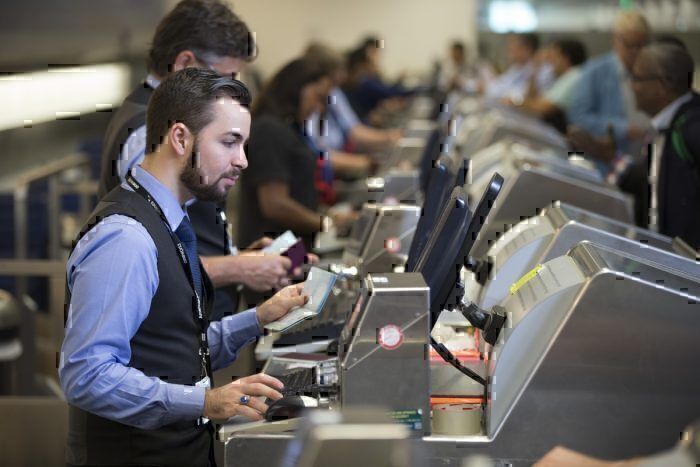The global nature of the commercial airline business exposes it to various challenges related to foreign currency exchanges. Whether paying plane manufacturers or operating charges to a foreign country, airlines routinely perform money transactions involving foreign exchanges (FX).
Despite the airline industry witnessing a gradual recovery from the pandemic-related downturn, the economic situation on a global level remains uncertain. That also leads to enormous volatility on the FX front.
Jason Gaywood, Head of Corporate Solutions at FX-as-a-Service provider MillTechFX, spoke to Simple Flying about how and why airlines must establish unique strategies to combat the effects of FX volatility on their bottom lines. Gaywood recognizes that airlines are generally restricted in external environments; however, the threat of currency movements can be reduced internally through several steps.
1 Transaction Cost Analysis (TCA)
Like any other cost analysis, TCA allows operators to analyze the FX costs associated with their transactions. With volatility in the FX market, airlines can estimate the additional charges that are incurred on their routine international transactions.
Photo: Stefan Lambauer | Shutterstock
According to Gaywood,
“TCA was specifically created to highlight hidden costs and enables firms to understand how much they are being charged for the execution of their FX transactions. Ongoing, quarterly TCA from an independent provider can be embedded as a new operational practice to ensure consistent FX execution performance.”
Operatorsperforming the analysis can time their payments when FX rates are minimal. The strategy will enable cost optimization on all international fronts.
2 Comparing the market
It is common for airlines to be complacent when having a single bank or broker for all their hedging and FX needs. This practice can limit an airline’s ability to optimize its cost of operations, especially when dealing with cross-border payments.
Photo: Ceri Breeze | Shutterstock.
The aviation industry has leasing, trading, and hedging options that must be explored occasionally. Comparing the market and analyzing what is best for the firm is a way to reduce FX threats. Gaywood emphasized the importance of comparing various options in the market by stating,
“Having the ability to put trades up for competition is central to ensuring access to the best price, which is key to effective risk management.”
3 Outsourcing some business elements
Outsourcing some of the various operational components of the business can minimize high operating costs. Airlines must find the right partners to mitigate cost variance and increase profitability. Rather than making on-demand payments for services overseas, some elements can be outsourced within the foreign country.
Photo: dnata
A transparent cost and payment policy may be established with the vendor to avoid unnecessary FX fluctuations. It is generally cost-effective to work with local (to the foreign country) partners, particularly in times when currency volatility is at its peak. Outsourcing also enables airlines to focus their expertise and deploy resources to the core business matters.
4 Strong governance
Keeping the processes and policies in line with the market needs while making the best use of resources is essential for the airline business. Solid governance, particularly in foreign markets, will give the airline an edge in its day-to-day operations. For example, an airline may make its aircraft lease payments in one currency while maintenance and repair invoices are made in another.
Photo: Vincenzo Pace I Simple Flying
Strengthening governance in foreign hubs and focus markets will ensure more optimized and cost-effective solutions. Gaywood believes that having a good value chain in the international market can improve the airline’s bottom line. Gaywood states,
“Harnessing solutions which can strengthen governance may help airlines improve the cost, quality, and transparency of their FX execution.”
5 Diversification of liquidity providers
Similar to comparing the market for cost-effective banking and leasing alternatives, airlines must diversify their liquidity providers. Having access to multiple counterparts ensures that the airline always has a strong contingency plan should things become unfavorable with one financial institution.
Photo: Airbus
It may also be a good idea to keep the counterparts alive by giving them some secondary work while dealing with the primary service provider. According to Gaywood,
“Many CFOs have taken this lesson onboard and are now making changes for the better, with 88% exploring diversifying their FX across more counterparties. This means if one counterparty becomes unavailable, an airline can continue to manage and execute FX trades.”
6 Automation of processes
Whether it is an airline’s ticketing system or day-to-day flight operations, automation is essential in almost all aspects of aviation. Automation becomes an extreme necessity when executing transactions in volatile markets. Airlines must implement automated solutions in this space as well.
Photo: American Airlines
FX trades to minimize lag due to manual processes. Unnecessary lag can result in higher costs for the airlines. Gaywood notices that many airlines rely on manual processes (such as phone calls and emails) for the execution of FX trades. He emphasized the importance of automated solutions by saying,
“Harnessing automated solutions can offer end-to-end workflow, greater transparency, and faster onboarding, helping finance departments streamline their FX functions.”
What are your thoughts on the foreign exchange challenges airlines face and some of the management techniques they can employ to lower operational costs? Tell us in the comments section.


